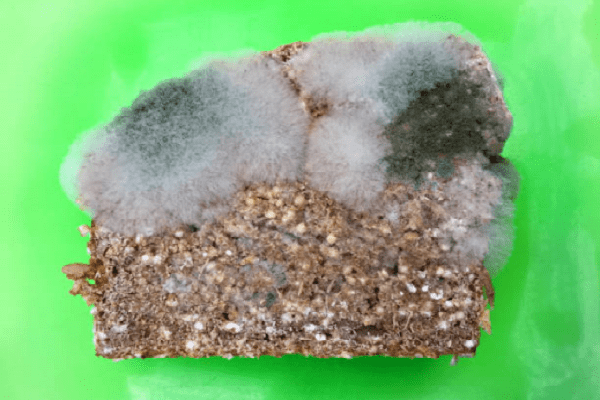Infectious diseases >>>> Mucoromycosis
Mucoromycosis.

Any person at least once in his life met with one of the representatives of the fungal kingdom of mold fungi, the fungus Mukor, observing his colonies on forgotten jars of canned vegetables - white mold. But not everyone knows what danger Mukor can conceal, as a source of a fungal disease called mucoromycosis.
Like other representatives of molds, Mukor often settles on disappearing products and, if a person is not careful, can get into the digestive tract. A small amount of the Mukor fungus that has entered the body will only cause indigestion and diarrhea. But some types of Mucor have toxic properties and a tendency to take root in the human body, affecting various organs and sometimes causing fatal harm to health.
The habitats of the mold formed by the Mukor fungus are diverse: soil, manure, plant debris, hay, cotton, vegetables and fruits growing near the soil surface. A person can inhale fungal spores or eat a product affected by Mucor. Infection can occur during the independent manufacture and use of alcoholic beverages from grain, herbal remedies, during construction and land work.

The risk group includes people with weakened immunity and systemic diseases that weaken the protective functions of the body. Mukor, entering the human body, is able to colonize (populate) the organs of the respiratory system, manifesting itself in the form of diseases such as mycosis of the lungs, ulcers and inflammation of the mucous membrane of the upper respiratory tract. The Mukor fungus can infect the tissues of the middle ear, gastrointestinal tract, lymph nodes and blood vessels, contributing to the formation of blood clots. Mucormycosis can develop in foci or penetrate deeply into tissues and organs.
Signs of mucomycosis differ depending on which organs are affected by the fungus:
- They may be similar to the symptoms of rhinitis and sinusitis;
- in the pulmonary form, it resembles the symptoms of bronchitis or asthma;
- with mucormycosis associated with trauma to the skin (through injections, drains, injuries by sharp parts of plants), there is a rapid necrotization of skin tissues, subcutaneous tissue, muscles, fascia;
- if the gastrointestinal tract is affected by a fungus, necrotizing enterocolitis (intestinal distention, pain in the abdominal cavity, nausea, vomiting, fever) may develop;
- the dissiminated form of mucormycosis (with the spread of the fungus by the lymphogenous and hematogenous pathway) is characterized by increasing symptoms of CNS damage.
The success of the treatment of mucormycosis depends on the quick and correct diagnosis and use of antifungal drugs ("Polyene" group). Often, the success of treatment and preservation of life require surgical intervention for excision of the affected tissue and resection of the affected organs. It should be remembered that mucomycosis is a rapidly progressing fungal infection.

Read

Read



























